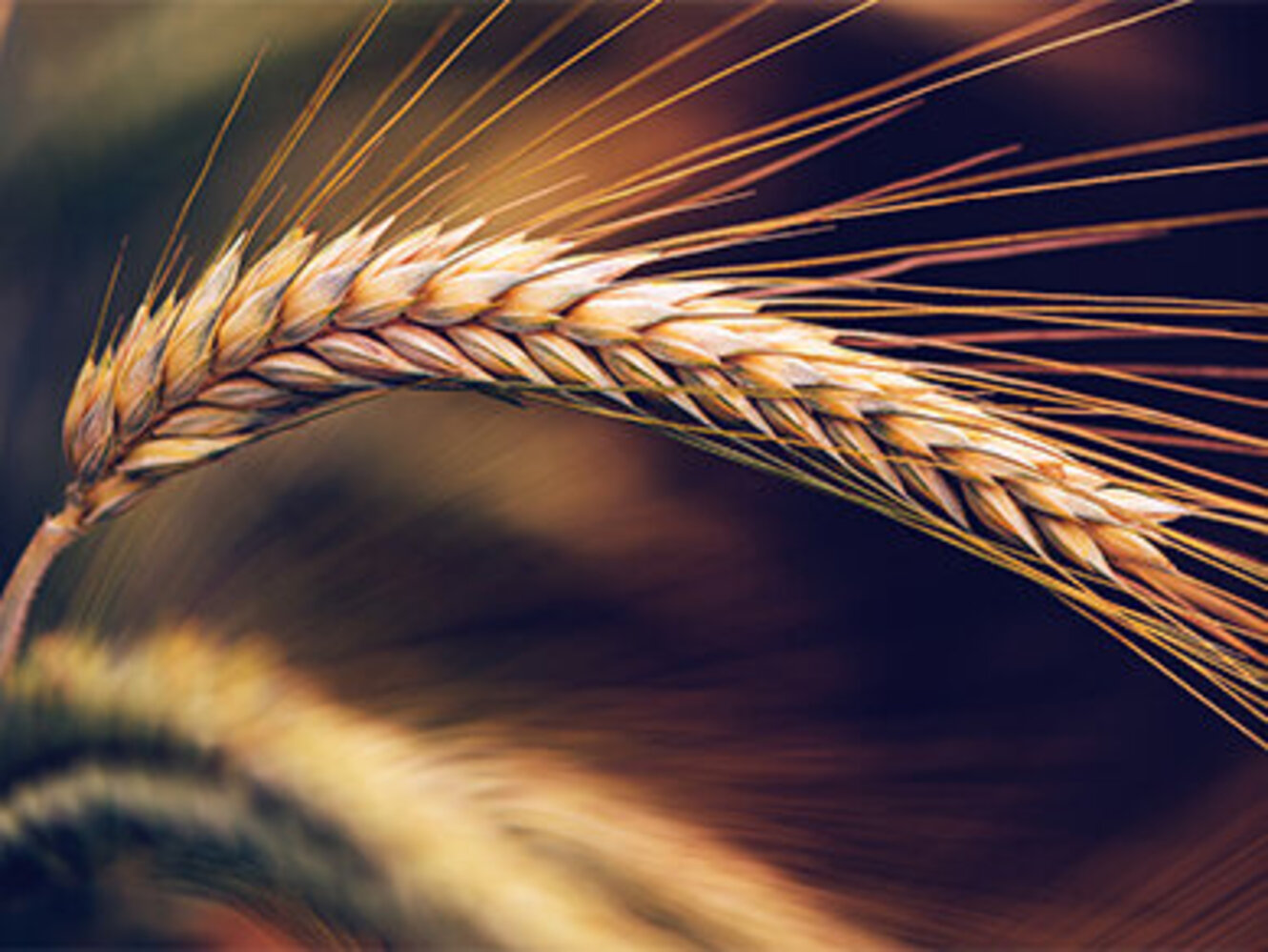Wheat Dreams Are Made of These...

Feeding a growing global population amidst climate uncertainty demands crops that not only yield well, but yield reliably. For winter wheat—a major staple crop—achieving stable high yields is a complex challenge shaped by the interplay of plant genetics, environmental conditions, and farming practices. Identifying which plant traits contribute most to yield stability is crucial, yet difficult, due to these interacting factors. The Intensive Food Plant Systems Group(Tsu-Wei Chen) explored how different genotypic strategies and agronomic management practices influence yield stability in elite winter wheat cultivars. Over three years of field trials, they evaluated eight high-performing cultivars under varying nitrogen levels, fertilizer timing, and sowing dates. Through detailed phenotyping and multivariate analysis of over 40,000 trait values, we uncovered key physiological strategies linked to stable yields—offering valuable insights for breeding resilient, high-yielding wheat. Find out more in their Journal of Experimental Botany Article!
Abstract
Identifying target traits for breeding stable, high-yielding winter wheat cultivars is made challenging by the intricate interplay of genotype, environment, and management practices. We hypothesized that yield stability could be achieved through multiple genotypic strategies and that agronomic management stimulating these strategies would enhance stability. To test this, three years of field experiments were conducted using eight high-yielding elite cultivars and three agronomic practices: (i) nitrogen levels (220 or 176 kg N ha−1), (ii) fertilizer application timing, and (iii) two sowing dates. Detailed field phenotyping of 130 agronomic, phenological, chemical, and physiological traits resulted in 40 557 measured or derived trait values. Correlation and multivariate analyses suggested that management practices promoting grain number increased yield stability, while nitrogen level influenced the importance of application time and sowing date. Interestingly, modern elite cultivars exhibit two distinct physiological strategies coupling different source capacity and sink demand strategies to achieve genotypic yield stability: (i) coupling high tiller and grain numbers with longer canopy stay-green and higher carbon reserves, and (ii) coupling high grain length with low tiller number and greater remobilization of pre-anthesis carbon reserves. The integration of multiple physiological pathways could therefore facilitate the identification of trait combinations for yield stability breeding.